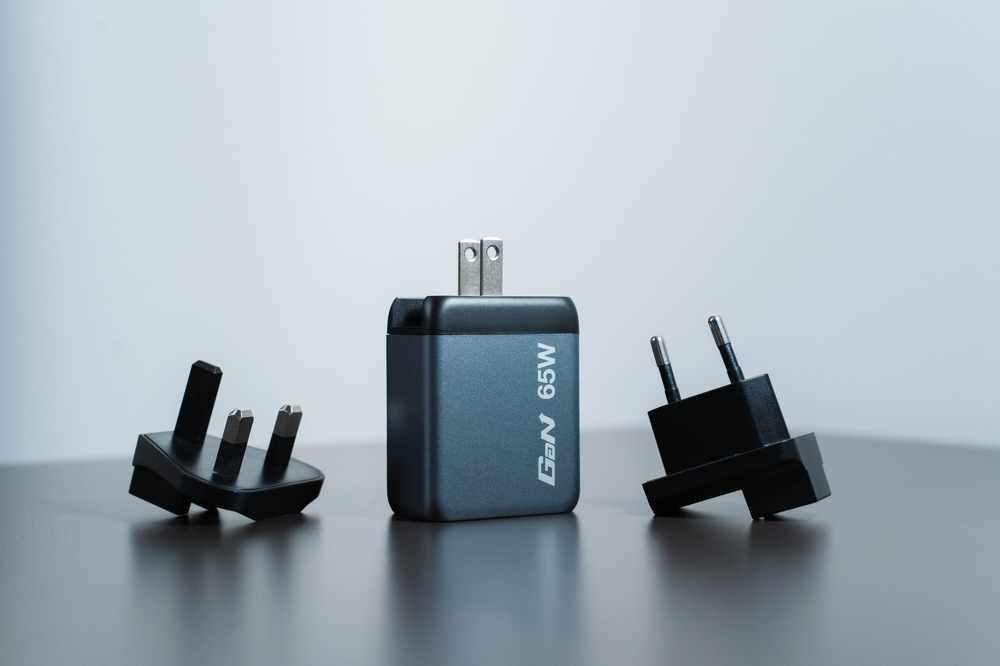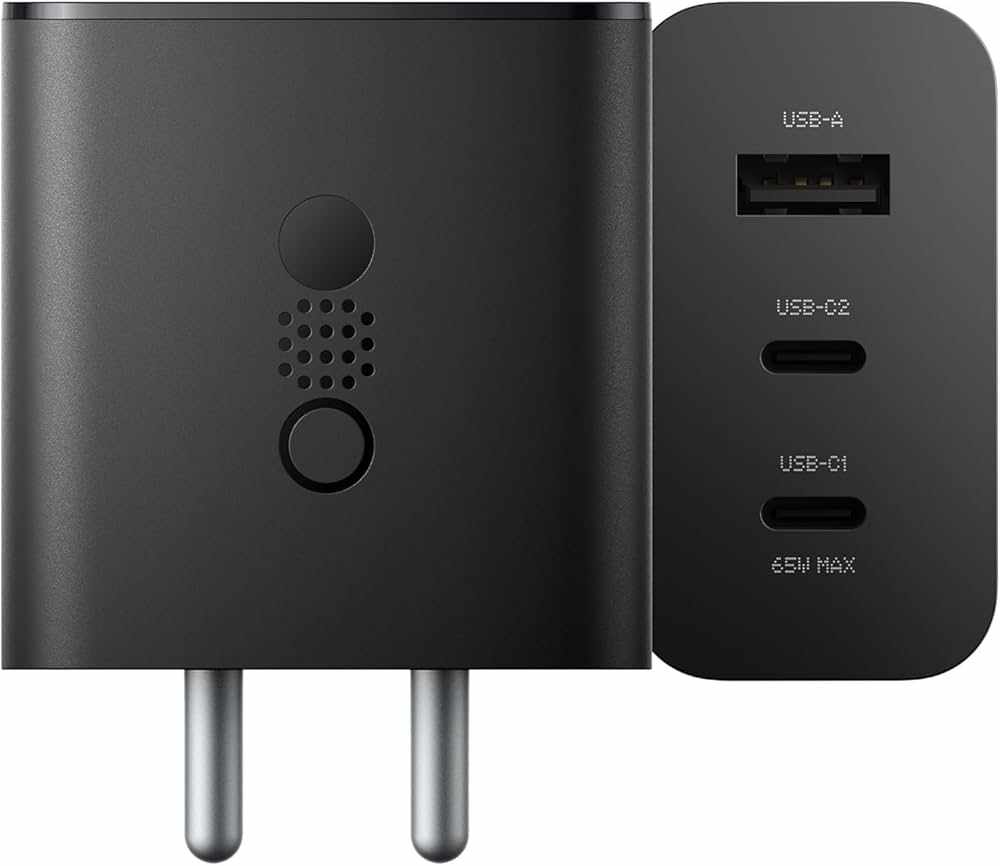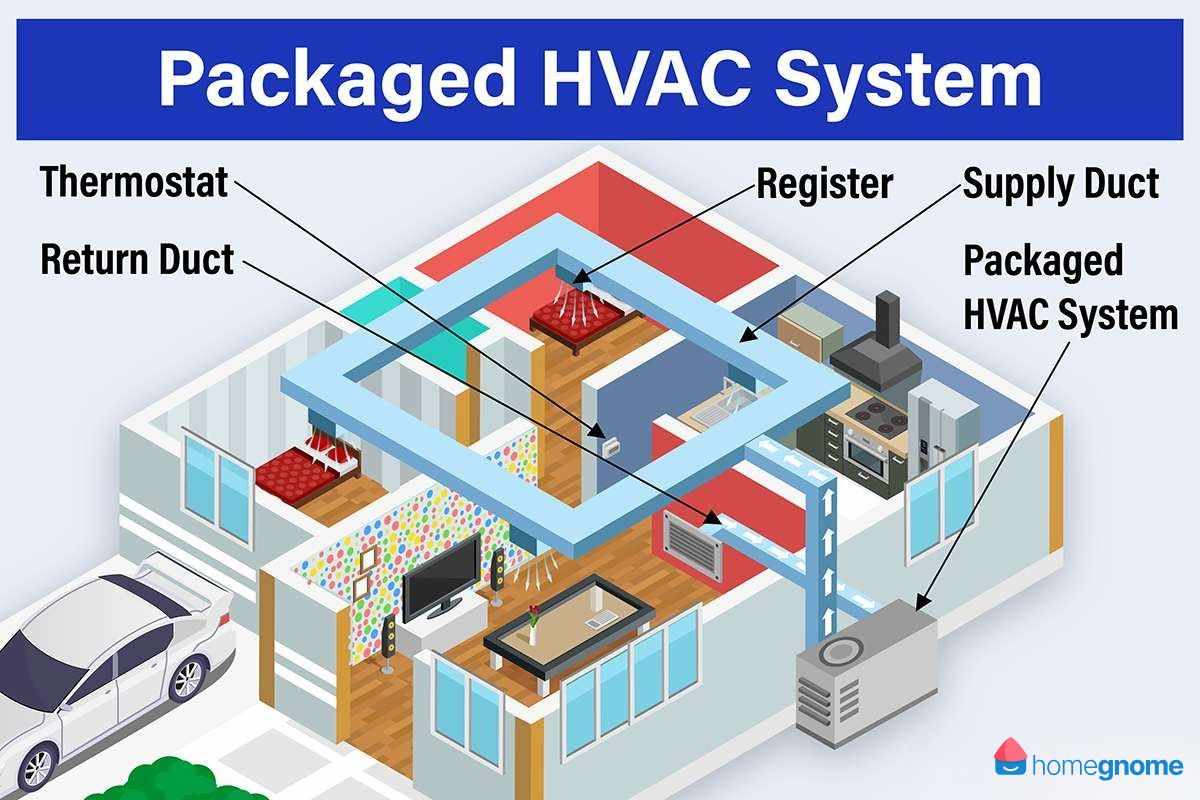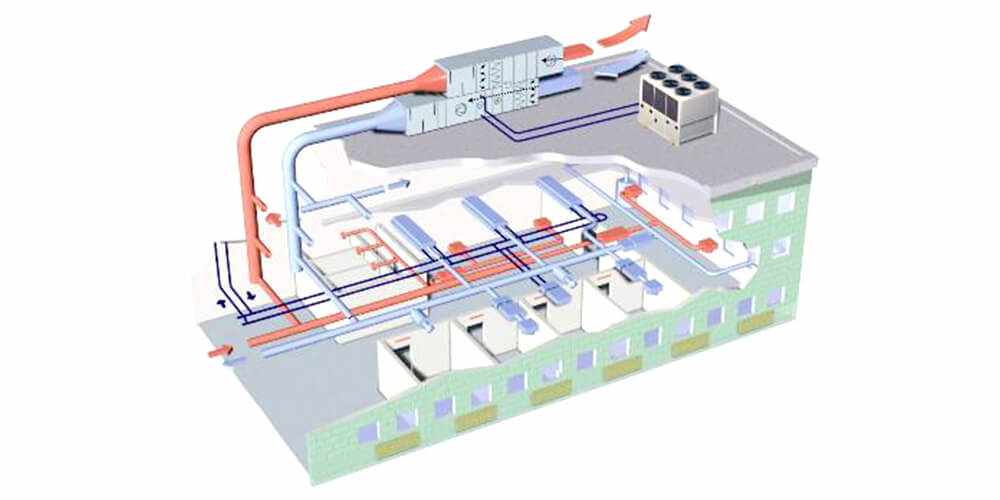
Introduction:
Norway stands as a global leader in the adoption of electric vehicles (EVs), spearheading the transition towards a sustainable transportation future. As the nation embraces electro mobility at an impressive pace, the demand for efficient and reliable charging infrastructure and accessories has surged. Among the most promising advancements in charging technology is the emergence of Gallium Nitride (GaN) chargers. This article delves into the burgeoning Norway GaN Charger Market specifically focusing on its crucial role in enhancing the EV charging experience and contributing to the nation's ambitious e-mobility goals. We will explore the benefits of GaN technology, its applications in the Norwegian EV landscape, key players in the market, emerging innovations, and the overall outlook for this dynamic sector.
Norway: A Pioneer in E-Mobility:
Before diving into the specifics of GaN chargers, it's essential to acknowledge Norway's remarkable achievements in EV adoption. Boasting one of the highest EV penetration rates globally, Norway has implemented supportive policies, incentives, and infrastructure development that have made electric vehicles a mainstream choice for its citizens. This strong foundation creates a fertile ground for innovative charging solutions like GaN technology to thrive.
Understanding GaN Charger Technology:
Traditional silicon-based chargers are gradually being superseded by chargers utilizing Gallium Nitride (GaN), a wide-bandgap semiconductor material. GaN offers several significant advantages:
Higher Efficiency: GaN transistors can handle higher voltages and switch frequencies more efficiently than silicon, resulting in less energy loss as heat during the charging process. This translates to faster charging times and reduced energy consumption.
Compact Size and Lighter Weight: Due to their superior efficiency, GaN chargers require fewer and smaller components, leading to significantly more compact and lightweight designs compared to their silicon counterparts with similar power output. This portability is a major advantage for EV owners who may need to charge on the go.
Faster Charging Speeds: The enhanced efficiency and higher power handling capabilities of GaN technology enable the development of chargers that can deliver more power to EVs, significantly reducing charging times – a crucial factor for wider EV adoption.
Lower Heat Generation: The reduced energy loss in GaN chargers means they generate less heat, contributing to a longer lifespan and improved safety.
The Role of GaN Chargers in Norway's E-Mobility Ecosystem:
In Norway's rapidly evolving e-mobility landscape, GaN chargers offer several key benefits:
Enhanced Home Charging Experience: For EV owners who primarily charge at home, compact and efficient GaN chargers can be easily installed and offer faster charging, ensuring their vehicles are ready when needed. The smaller size also makes for a cleaner and less obtrusive setup.
Improved Public Charging Infrastructure: While public charging networks are expanding in Norway, the integration of GaN technology can lead to more powerful and efficient public charging stations. This can reduce charging times at public locations, increasing throughput and convenience for EV users.
Portable Charging Solutions: The lightweight and compact nature of GaN chargers makes them ideal for portable charging solutions. EV owners can carry these chargers in their vehicles for emergency charging or when visiting locations without dedicated charging infrastructure.
Optimizing Grid Efficiency: The higher energy efficiency of GaN chargers can contribute to a more stable and efficient electricity grid, especially as the number of EVs on the road continues to grow. Reduced energy loss during charging minimizes strain on the grid.
Supporting Future EV Technologies: As battery technology advances and EVs require higher charging power, GaN chargers are well-positioned to meet these demands, ensuring Norway's charging infrastructure remains future-proof.
Key Players in the Norway GaN Charger Market:
While the Norway-specific market for GaN chargers for e-mobility is still in its early stages of significant expansion, several key players are either already present or are likely to enter the market:
Global Charging Infrastructure Providers: Companies specializing in EV charging solutions, both AC and DC, are increasingly incorporating GaN technology into their offerings. These players are crucial for deploying advanced public and commercial charging infrastructure in Norway.
Consumer Electronics Manufacturers: Brands known for producing high-quality consumer electronics, including smartphone and laptop chargers, are extending their GaN technology expertise to EV chargers. These companies often focus on portable and home charging solutions.
Automotive OEMs (Original Equipment Manufacturers): Some EV manufacturers are exploring or already offering GaN-based onboard chargers or recommending compatible GaN aftermarket solutions to enhance the charging experience for their customers in Norway.
Specialized GaN Charger Companies: Companies solely focused on developing and manufacturing GaN chargers are emerging as key innovators in the market, offering cutting-edge technology and performance.
Local Norwegian Distributors and Installers: Companies involved in the distribution and installation of EV charging equipment play a vital role in making GaN chargers accessible to consumers and businesses across Norway.
Emerging Innovations and Developments:
The Norway GaN charger market is witnessing exciting innovations and developments:
Higher Power Output Portable Chargers: The development of more powerful yet still portable GaN chargers capable of significantly reducing charging times for EVs outside of dedicated charging stations.
Integration with Smart Home and Energy Management Systems: GaN chargers that can communicate with smart home systems and energy management platforms to optimize charging schedules based on electricity tariffs and renewable energy availability.
Bi-Directional Charging (V2G) Capabilities: While still in early stages, the potential for GaN technology to be incorporated into bi-directional chargers, allowing EVs to not only draw power from the grid but also supply it back, is a significant area of future development in Norway.
Enhanced Safety Features: Continuous advancements in GaN charger design are focusing on incorporating advanced safety features to protect both the vehicle and the user during the charging process.
Wireless GaN Charging: While still largely in research and development for EVs, the potential for highly efficient wireless charging solutions utilizing GaN technology could revolutionize EV charging convenience in Norway in the long term.
Standardization and Interoperability: Efforts towards standardization of GaN charging protocols and ensuring interoperability across different EV models and charging infrastructure will be crucial for widespread adoption in Norway.
Strategies for Success in the Norway GaN Charger Market:
Companies aiming to succeed in the Norwegian GaN charger market need to adopt strategic approaches:
Focus on Quality and Reliability: Given Norway's high standards for technology and safety, offering high-quality and reliable GaN chargers is paramount.
Highlighting Efficiency and Speed: Emphasize the faster charging times and energy efficiency benefits of GaN technology to appeal to environmentally conscious and time-sensitive Norwegian consumers.
Offering Compact and User-Friendly Designs: The portability and ease of use of GaN chargers are key selling points.
Providing Comprehensive Solutions: Offering a range of GaN chargers for various needs, including home, portable, and potentially public charging applications.
Building Strong Partnerships: Collaborating with local distributors, installers, and potentially automotive OEMs is crucial for market penetration.
Addressing Cold Climate Considerations: Ensuring that GaN chargers are designed to operate reliably in Norway's cold climate conditions is essential.
Aligning with Sustainability Goals: Emphasizing the energy efficiency and potential for integration with renewable energy sources aligns with Norway's national sustainability objectives.
Challenges and Opportunities:
While the Norway GaN charger market presents significant opportunities, there are also challenges to consider:
Initial Cost: GaN technology can initially be more expensive than traditional silicon-based chargers, which might be a barrier for some consumers. However, the long-term benefits of efficiency and faster charging can outweigh this.
Consumer Awareness: Educating consumers about the advantages of GaN technology over traditional chargers is crucial for driving adoption.
Infrastructure Compatibility: Ensuring compatibility between GaN chargers and the existing and evolving EV charging infrastructure in Norway is essential.
Competition: The market is likely to become increasingly competitive as more players enter. Differentiation through innovation, quality, and service will be key.
Despite these challenges, the opportunities in the Norway GaN charger market are substantial, driven by the country's strong commitment to e-mobility and the inherent advantages of GaN technology.
Outlook for the Norway GaN Charger Market:
The future of the Norway GaN charger market looks promising. As EV adoption continues its upward trajectory, the demand for efficient and fast charging solutions will only intensify. GaN technology is poised to play a crucial role in meeting this demand, offering a superior charging experience for EV owners. We can expect to see:
Increased Adoption of GaN Chargers: As costs come down and awareness grows, GaN chargers will become increasingly prevalent in both home and public charging infrastructure in Norway.
Further Innovation and Product Development: Continuous advancements in GaN technology will lead to even more powerful, compact, and feature-rich chargers.
Integration into the Broader Energy Ecosystem: GaN chargers will likely become more integrated with smart grids and renewable energy sources, contributing to a more sustainable energy system.
Norway as a Testbed for Advanced Charging Technologies: Given its leadership in e-mobility, Norway could serve as an early adopter and testing ground for cutting-edge GaN charging solutions.
Conclusion:
The Norway GaN charger market represents a vital component in the nation's ongoing journey towards a fully electric transportation system. The inherent advantages of GaN technology – efficiency, speed, and compactness – directly address the evolving needs of EV owners and the demands of a robust charging infrastructure. As innovation continues and the market matures, GaN chargers are set to play an increasingly significant role in powering Norway's electric future, enhancing the EV experience, and contributing to a more sustainable and efficient transportation landscape. The focus on e-mobility in Norway provides a strong impetus for the growth and development of this exciting and transformative technology.










Write a comment ...